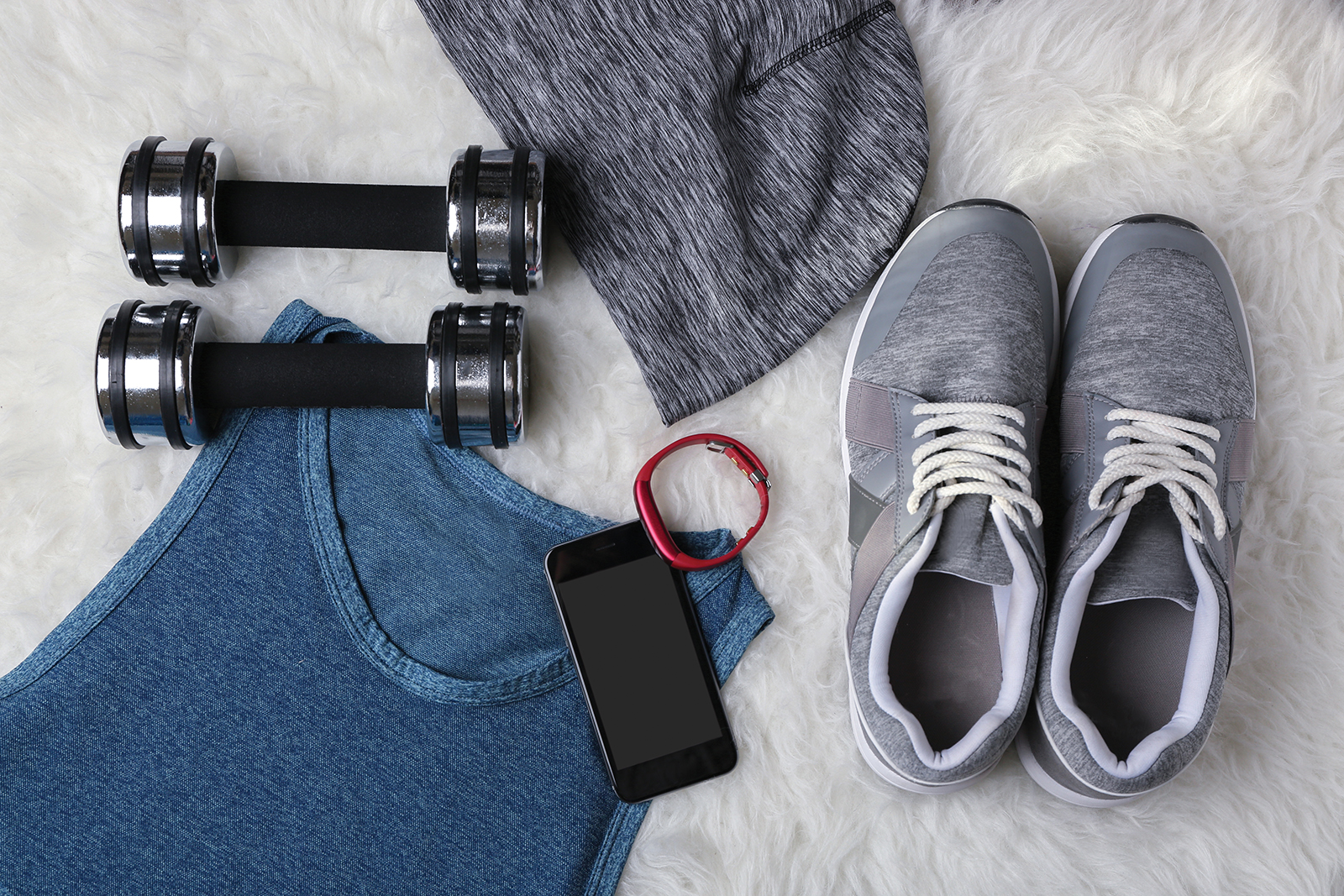10 Hacks to Make Your Gym Clothes Last Longer

Do you have an outfit you love to wear to the gym? Maybe a pair of leggings that tone your thighs nicely or a t-shirt depicting your favorite band? No matter your sense of style, protect your clothes the right way and make them last longer by applying these 10 hacks.
1. Always Air-Dry
Your clothes will feel damp after an intense session at the gym. Don’t ball them up, toss them on the floor and hop in the shower. Instead, hang them up to dry. If you leave clothes in a pile on the floor, bacteria will begin to grow, resulting in even more unpleasant smells.
Odor-producing bacteria love polyester — a synthetic fabric used in most gym clothing. Athletic wear also boasts extra wicking properties, which, while great for keeping cool during a workout, hold in bodily fluids and odors.
2. Turn Inside-Out
After your workout clothes are dry, turn them inside-out before washing. Most sweat, dirt, and bacteria come into contact with the inside of your clothing. By turning them inside out, it’s easier to cleanse the individual microfibers.
This practice also extends the potential lifespan of your clothing, both active and leisure wear. Garments with screen-printed or sewn-on designs can get damaged by a spin in the washing machine.
3. Soak in Vinegar
Instead of using bleach, try a natural alternative for disinfecting your clothes. White vinegar, also called acetic acid, kills germs and fights unwanted odors. It can also prevent Salmonella, E. coli and gram-negative bacteria, which can cause pneumonia and meningitis.
Most stores sell vinegar with a 5 percent concentration of acetic acid, which kills around 80 percent of germs. After a workout, soak your clothes in a solution of water mixed with a few tablespoons of vinegar. Then, leave the clothes to sit overnight.
4. Separate Loads
The next morning, get the pre-soaked clothes into the washing machine. You might be tempted to toss more dirty laundry in and make a full load. But mixing sweaty gym clothes with everyday wear can cause bacteria and odors to spread.
Instead, do a separate load each time you hit the gym and choose the smallest load size on your washing machine to conserve water. Remember to not use the same amount of laundry detergent as you would on a normal-sized load.
5. Use Cold Water
You may think hot water is best for cleaning your gym clothes. It kills germs, right? But using cold water with temperatures around 60°F can deliver a lot of benefits.
Hot water can cause tough-to-remove stains like sweat to set into the fabric. Cold water is fine for most materials and can remove stains like makeup, deodorant and grass. Cold water is less likely to shrink or fade clothes and will also reduce wrinkles.
6. Add Detergent Sparingly
It may seem like the more laundry detergent you use, the cleaner your clothes will be. But chances are good your activewear is water-resistant, with microfibers that soap particles latch onto. Too much detergent will leave irritating residue behind.
Too much detergent can also trap odor-causing bacteria. While your favorite shirt might smell fresh after coming out of the dryer, just a couple hours of wear will lead to a new level of stink.
7. Skip Fabric Softener
You already know detergent should be kept to a minimum. Fabric softener, which can be a great way to make clothes smell fresh or tropical, should be avoided altogether.
Fabric softener will break down the elastic material of your gym clothes and make shirts and leggings less form-fitting. It also contains wax meant to coat fibers and make clothes smoother. But with activewear, fabric softener traps in the built-up sweat and bacteria, leading to more odor.
8. Lay Leggings Flat
Leggings — or any clothing where elasticity is a must — should be laid down flat to dry instead of hung. When wet or damp, the weight of the water will cause the garment to hang down and sag.
Read the care labels on your gym clothes to determine the best way to wash and dry. Instructions like “dry flat” are a common sight. Place towels underneath wet clothes to speed up the process.
9. Don’t Dry Sneakers
Your sneakers, like the rest of your clothing, can get dirty and stinky. Throw them in the washer to clean away dirt and kill bacteria. But skip the dryer afterward.
Putting sneakers in the dryer can break down the material that’s meant to support your feet, and it can also shrink the shoe, making the fit tighter. These circumstances can lead to the development of problems like plantar fasciitis, blisters and bunions on your feet. Instead, leave your shoes out to air dry or stuff them with balls of newspaper to soak up water fast.
10. Rotate Your Kit
The less often you wear your clothes, the longer they will last. Even a trip through the washing machine and dryer, which usually happens after each workout, puts more stress on activewear. To keep your clothes lasting longer, have multiple gym kits to rotate through.
A gym kit is several sets of clothing you can wear to the gym, like leggings, shorts, sports bras and t-shirts. You should also have two or more pairs of sneakers.
Out of all the outfits in your closet, your gym clothes will see the most action. But that doesn’t mean you have to buy new clothes more often. Instead, follow those 10 hacks above and keep your clothes looking fresh and new for as long as possible.






